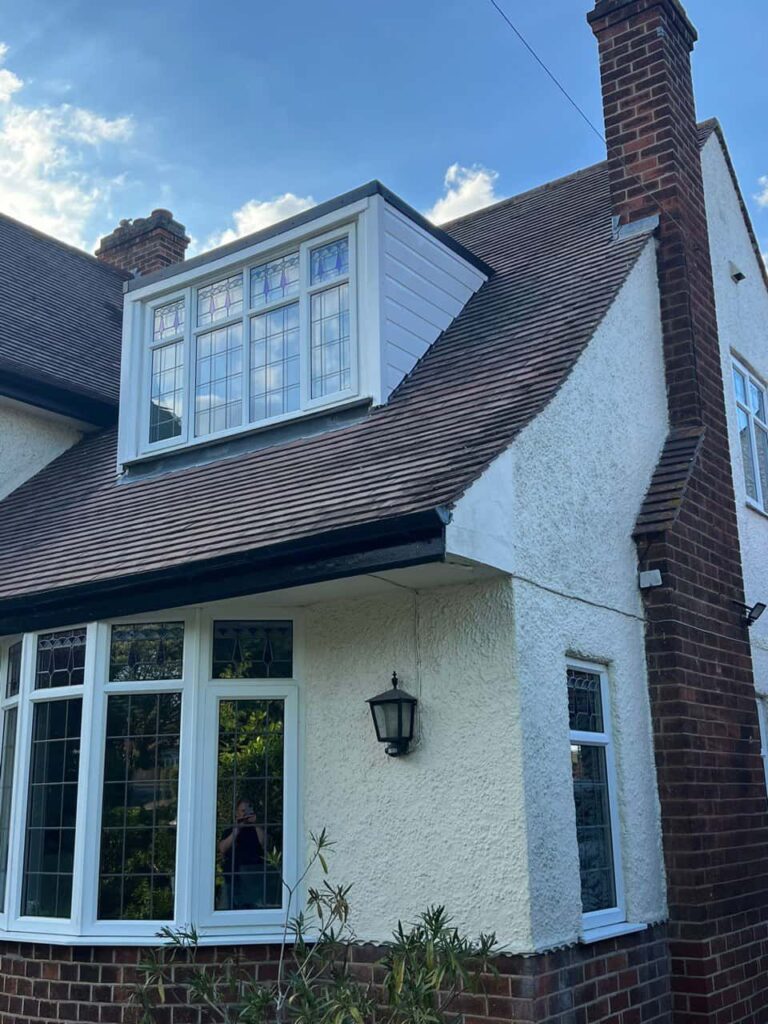Introduction
While the UK may not see typhoons in the traditional sense, the increasing frequency of extreme wind and rainstorms can have a similarly destructive effect on roofs—especially in exposed areas like Matlock, Derbyshire. After any serious storm, checking your roof for damage should be a top priority. Prompt action can prevent small issues from becoming costly problems.
At Matlock Roofing Repairs, we often help homeowners recover from the aftermath of severe weather. Here’s a professional checklist of seven key areas to inspect immediately after a storm to protect your home and maintain roof performance.
1. Missing or Slipped Tiles
One of the most visible signs of storm damage is displaced roof tiles. High winds can lift tiles, especially if they were already loose or poorly installed.
Look for:
- Gaps or misaligned tiles from ground level
- Broken tiles in the garden or driveway
- Exposed underlay or battening
If left unattended, even a single missing tile can allow water to penetrate and damage the roof structure beneath.
2. Damaged Ridge or Hip Tiles
The tiles that run along the peak and corners of your roof are particularly vulnerable during strong winds. These tiles help secure the rest of the roofing system and are essential for weatherproofing.
Check for:
- Cracked or dislodged ridge tiles
- Loose mortar or missing pointing
- Gaps along the top edge of your roof
3. Flashing and Leadwork
Roof flashing—especially around chimneys, skylights, and valleys—plays a crucial role in diverting water. Storms can loosen or tear flashing, leaving your home exposed to leaks.
Inspect for:
- Bent or peeled-back lead flashing
- Visible gaps between roof and chimney stack
- Water marks on ceilings directly below flashing
4. Gutters and Downpipes
Guttering systems are easily clogged or detached during storms. When they fail, water can cascade down walls and foundations, causing wider property damage.
Check for:
- Debris buildup (leaves, twigs, broken tiles)
- Disconnected joints or overflowing downpipes
- Sagging or broken brackets along the fascia
5. Roofline Fixtures and Fascias
Fascias, soffits, and bargeboards can all take a beating from flying debris and high winds. These elements not only support guttering but also seal off your roof structure from the elements.
Look for:
- Warped or loose boards
- Peeling paint or exposed wood
- Nesting debris or signs of moisture ingress
6. Chimney Stack Condition
Chimneys are one of the most vulnerable elements in storm conditions. Cracks or leaning may indicate deeper structural damage.
Visually inspect for:
- Leaning chimney or gaps between stack and roof
- Missing chimney pots or cowls
- Loose bricks or deteriorated pointing
7. Inside the Loft
Don’t just check the outside—your loft can reveal early signs of a leak or structural damage that hasn’t yet made it visible on ceilings.
Inside, look for:
- Damp insulation or dripping water
- Light shining through roof timbers
- Unusual odours or mould growth
Conclusion
Post-storm roof inspections are not just a good idea—they’re essential. Damage isn’t always immediately obvious, but even small issues can lead to significant structural problems if ignored. At Matlock Roofing Repairs, we’re on hand to offer professional roof inspections, repairs, and advice to help you recover quickly and safely from storm damage.
If your roof has been affected by recent weather in Matlock, Derbyshire, don’t take chances. Reach out to our experienced team for a prompt assessment and tailored repair plan that restores your peace of mind.
Call us on: 01629 709 899
Click here to find out more about Matlock Roofing Repairs
Click here to complete our contact form and see how we can help with your roofing need.

